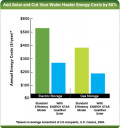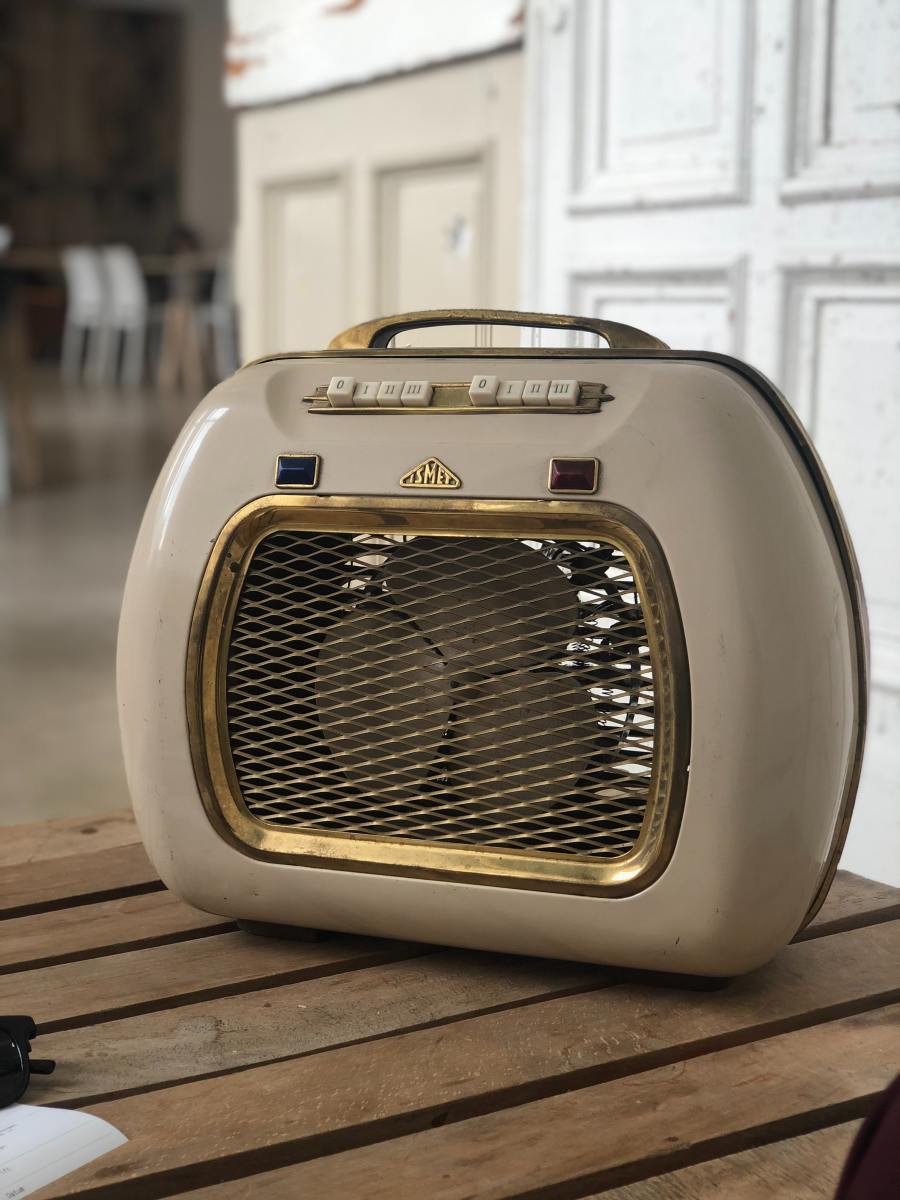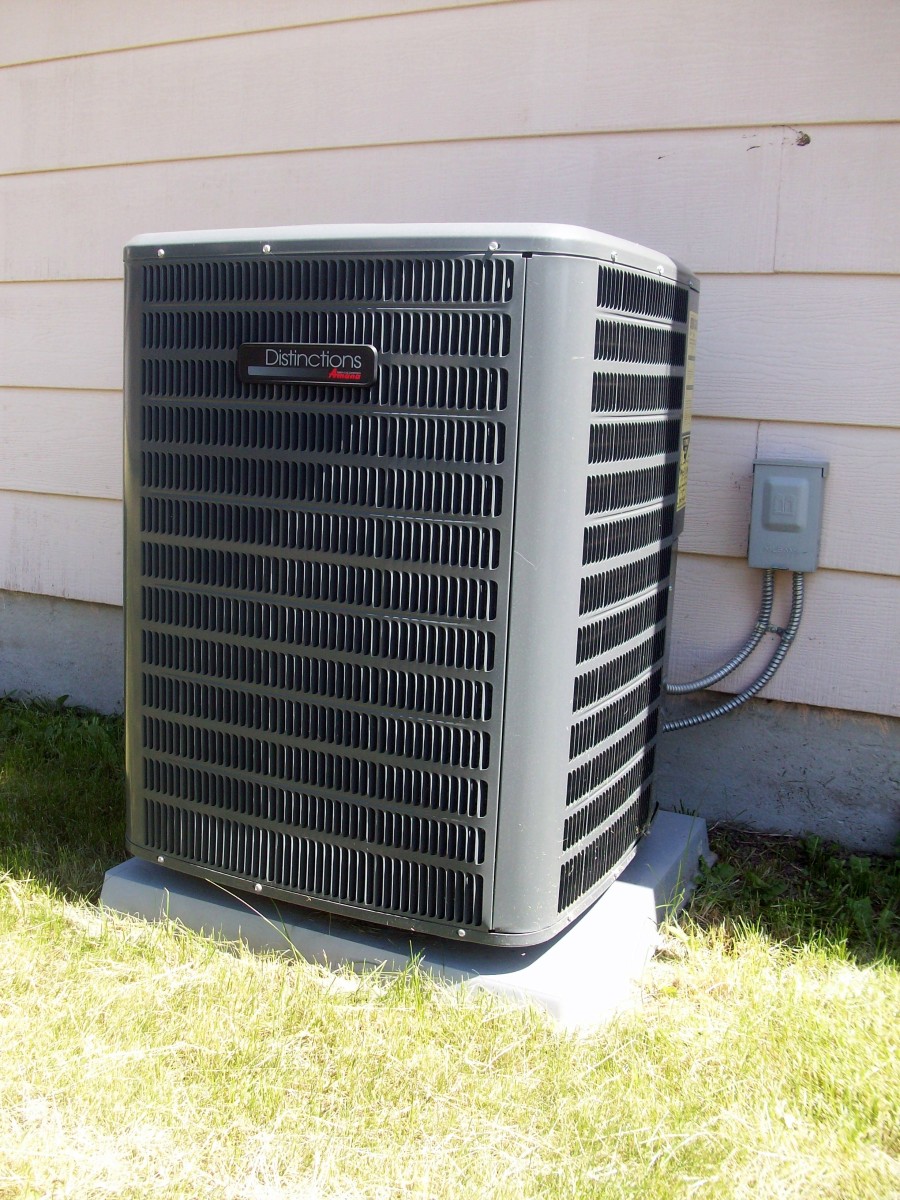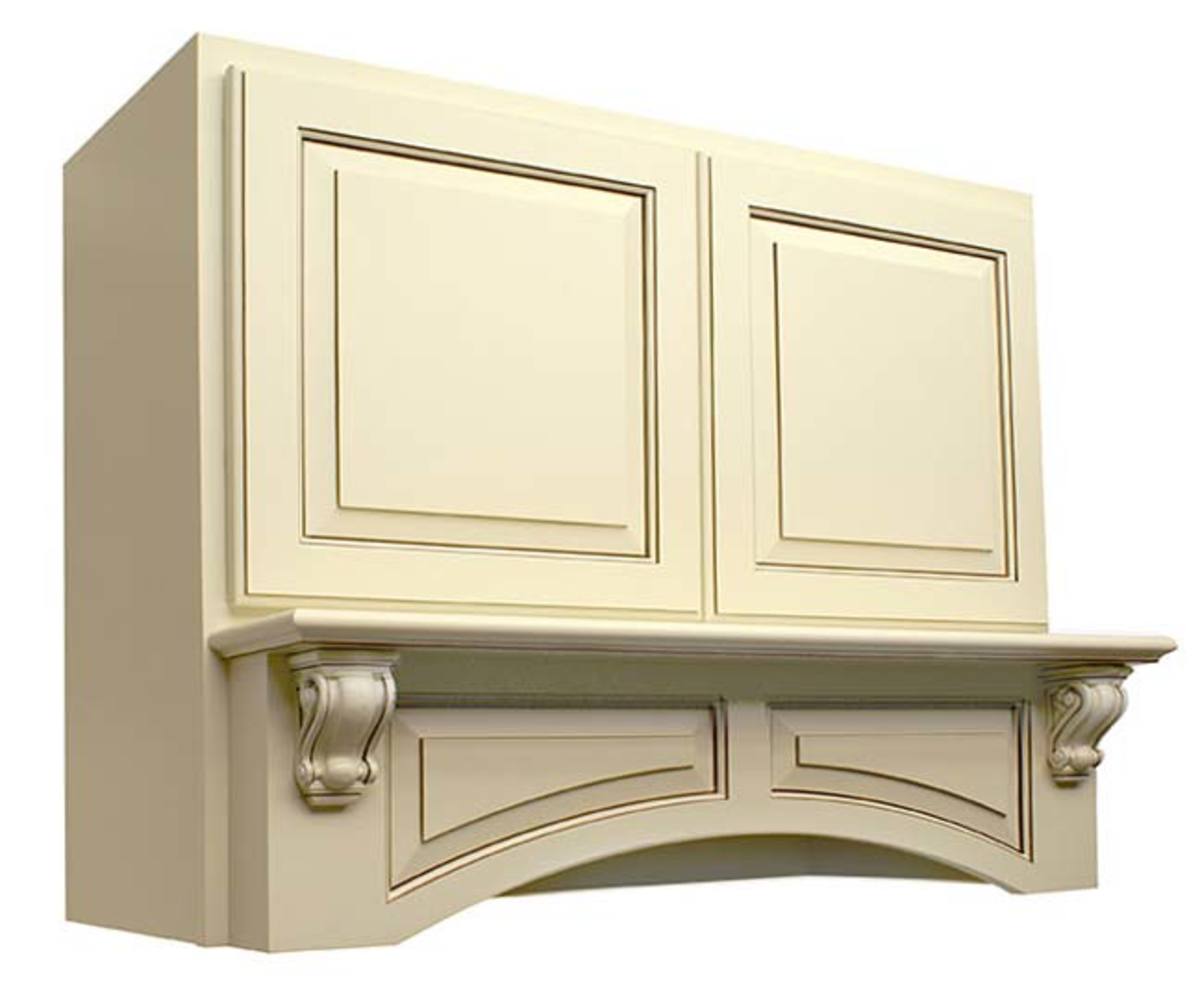Hot Water Baseboard Heat…Your Logical Choice
Since the 1940s, the technology behind hot water baseboard heaters has been used since it evolved from cast iron radiators. These old-fashioned radiators have long given way to longer, sleeker, lighter-weight and more efficient versions that run hot water through pipes at the bottom of a wall. Modern heaters are lighter and easier to install than their predecessors.
In modern day systems water is piped from a central boiler to baseboard heating units with a return pipe that channels cooled water back to the boiler for reuse. Heaters are now separated into zones with thermostats for each area allowing for better control over the temperature in each individual room.
Hot water baseboard heat is lower in initial installation costs and doesn't require tearing up the flooring in an existing home. It can also be used where there isn't space for an under-floor installation.
What makes Up a Hot Water Baseboard Heating System?
All water baseboard heating systems have the same basic elements, a furnace, one or more thermostats, one or more water circulation pumps, and baseboard heating units. The system should also have safety features that include a isolation valves, pressure relief valve, , a drain valve, and an automatic water makeup valve.
Electric hot water baseboard heaters have a heating element with sealed liquid sealed so they do not have to be hooked into the household plumbing. Wired into the household power supply, these heaters can also be wired to a remote thermostat. They are much easier to install in an existing structure than one linked to household plumbing.
Exactly how does it Work?
When the system is turned and a comfortable temperature is set, the thermostat directs the furnace to turn on. The furnace heats and circulates the water around the house with water circulation pumps to the baseboard heating units, and warmed air begins to emit into a room. The cooled water circulates back to the furnace, where it is heated again and the process starts over until the desired temperature is reached. At that point the thermostat is directed to shut the furnace off.
The installation of flow control valves will stabilize the heat in each room by forcing the earlier units to use less water. This in turn conserves heat for later use in the system. The valves are also adjusted so smaller rooms receive less heat than larger rooms.
Are There Any Safety Mechanisms?
The main issue with this type of system is pressure. If too much pressure builds up in the system, the pressure relief valve opens to relieve the dangerous build-up. Strategically placed isolation valves shuts the water off for each individual unit as needed so that parts of the system can be worked on and maintained. This eliminates the necessity of having to turn the entire system off at once. Even if there is leakage, water make-up valves keep the system filled with water at all times as well as refill the system after it is drained.
What are Some Advantages of Using Hot Water Baseboard Heat?
A hot water baseboard heating system is one of the most common forms of home heating today. They do not create drafts, circulate dust and allergens, or dry out the air in the home. The continual heat emitted from the hot water baseboard heating elements is steady and consistent making it much more comfortable heat. Since there are no loud fans or blowers, hot water baseboard heating systems are quiet as well as efficient.
What Are The Drawbacks?
The major issue with hot water baseboard is "thermal inertia." When you first turn the system on, the water has to be heated, circulated to each baseboard heating unit, and then heat each room by convection. Setting the thermostat to 50 all day long then back up to 70 later, you can expect to allow some time to get back to that desired temperature.
If you want to use a setback thermostat you should actually drop the temperature roughly an hour before you plan to leave, and then have it raise the temperature an hour or so before you get home. This gives the system time to raise the temperature to the desired level.
Comfort, Efficient, Economical
Hot water baseboard heating systems are economical in two primary ways. First, the self-contained water is a thermal mass which acts as a store of heat that will stay warmer longer even after the heater is turned off. This actual method of heating is more efficient and allows the room to stay warmer for a longer period of time. Regulating the temperature of a room in this fashion guarantees the heat does not need to be on as long.
Secondly, there is one thermostat for each baseboard heating unit, meaning if the family is together in one room, you only need to activate that one baseboard heating unit. Heating units can be turned off when a room is not in use leading to more direct savings.
In summary, hot water baseboard heating systems can provide comfortable, efficient, and economical heating in the home. The key is using it as efficiently as possible and installing it in areas where it is economically practicable.






